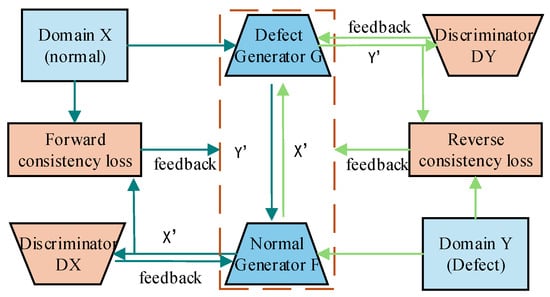-
 Energy-Aware Ultra-Reliable Low-Latency Communication for Healthcare IoT in Beyond 5G and 6G Networks
Energy-Aware Ultra-Reliable Low-Latency Communication for Healthcare IoT in Beyond 5G and 6G Networks -
 Characterization of a Single-Capture Bright-Field and Off-Axis Digital Holographic Microscope for Biological Applications
Characterization of a Single-Capture Bright-Field and Off-Axis Digital Holographic Microscope for Biological Applications -
 Integrated Microcantilever for Joint Thermal Analysis of Trace Hazardous Materials
Integrated Microcantilever for Joint Thermal Analysis of Trace Hazardous Materials -
 Field Testing Multi-Parametric Wearable Technologies for Wildfire Firefighting Applications
Field Testing Multi-Parametric Wearable Technologies for Wildfire Firefighting Applications
Journal Description
Sensors
- Open Access — free for readers, with article processing charges (APC) paid by authors or their institutions.
- High Visibility: indexed within Scopus, SCIE (Web of Science), PubMed, MEDLINE, PMC, Ei Compendex, Inspec, Astrophysics Data System, and other databases.
- Journal Rank: JCR - Q2 (Instruments and Instrumentation) / CiteScore - Q1 (Instrumentation)
- Rapid Publication: manuscripts are peer-reviewed and a first decision is provided to authors approximately 17.8 days after submission; acceptance to publication is undertaken in 2.6 days (median values for papers published in this journal in the second half of 2025).
- Recognition of Reviewers: reviewers who provide timely, thorough peer-review reports receive vouchers entitling them to a discount on the APC of their next publication in any MDPI journal, in appreciation of the work done.
- Testimonials: See what our editors and authors say about Sensors.
- Companion journals for Sensors include: Chips, Targets, AI Sensors and IJMD.
- Journal Cluster of Instruments and Instrumentation: Actuators, AI Sensors, Instruments, Micromachines and Sensors.
Latest Articles
Highly Accessed Articles
Latest Books
E-Mail Alert
News
Topics
Deadline: 31 January 2026
Deadline: 20 February 2026
Deadline: 10 March 2026
Deadline: 31 March 2026
Conferences
Special Issues
Deadline: 10 January 2026
Deadline: 10 January 2026
Deadline: 10 January 2026
Deadline: 10 January 2026






















